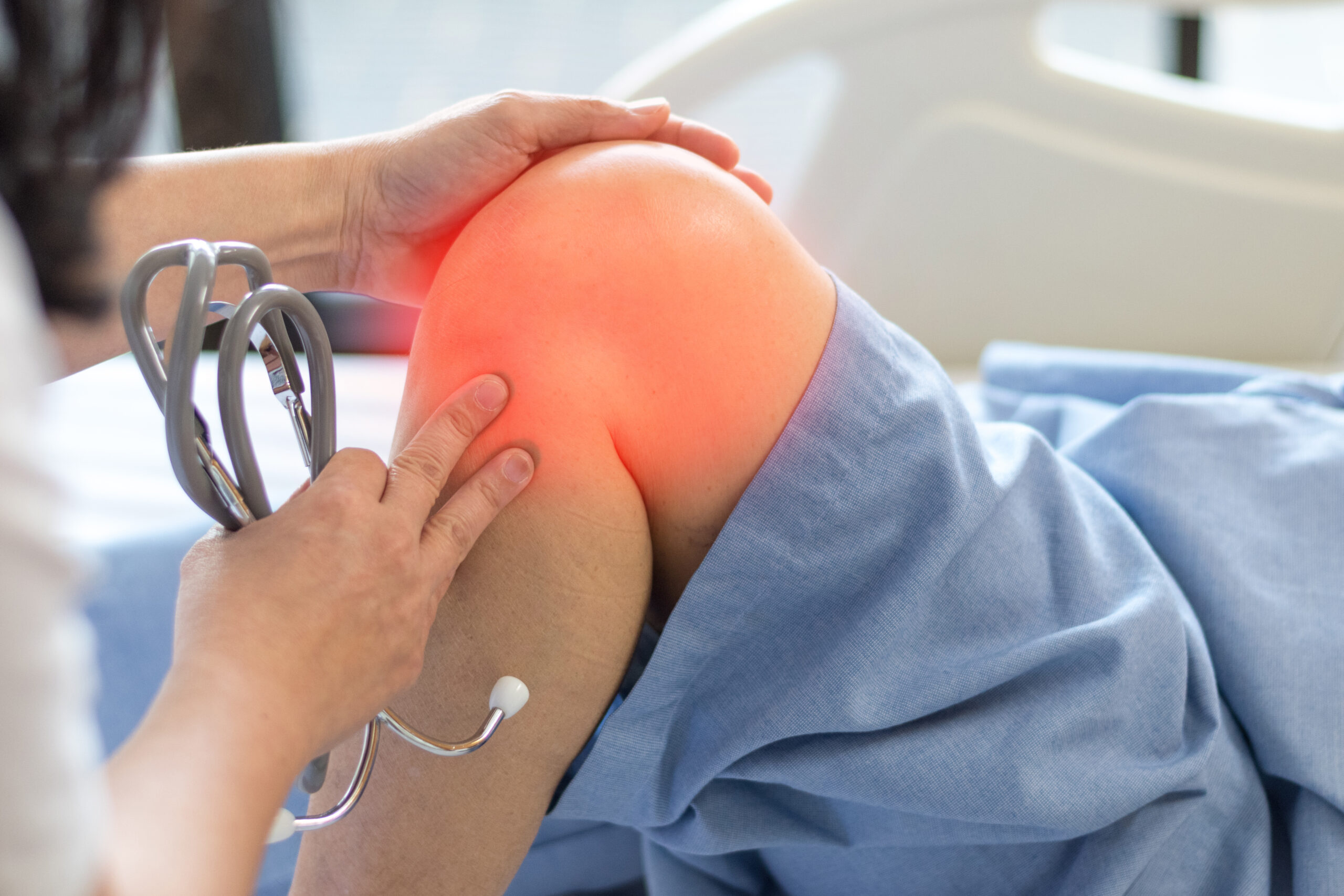What is Osgood Schlatters?
Osgood Schlatters is a growth-related disease that can cause pain for active adolescent children (10-15 years old for males, 8-13 years old for females), typically after a growth spurt. There does not need to be any trauma for the pain from Osgood Schlatters to come on. Teenagers may complain of knee pain where their shin meets with their tendon coming off the kneecap called the patellar tendon. This is a result of the quick growth of bone and soft tissues, which causes more tension in the attachment point of the tendon. It can occur on one or both sides, depending on the amount of activity, individual, and type of sport. Activities such as running, jumping, and kneeling can cause the muscles on the front of the thigh (quadriceps) to become tight which can increase the tension over this area. The good news is that this is a very common and treatable ailment for adolescents when following the proper instructions from a physiotherapist.
Also, Check- https://panthersportsmedicine.com/blog/what-is-osgood-schlatters-disease-and-who-gets-it/
Does Osgood Schlatters go away?
The pain felt from Osgood Schlatters will go away with proper management of the condition. By resting, stretching, strengthening, and icing, the pain will reduce and the child can return back to full activities under the guidance of a physiotherapist.
What is the best treatment for Osgood Schlatters?
Rest from the aggravating activity is found to be the most effective way to reduce pain, but to keep the pain away, an active approach of stretching and strengthening is indicated. Stretching will help to bring down the amount of tension on the tendon and shin bone, and will help to decrease any pain felt. Strengthening the knee muscles will help to correct any muscle imbalances that may be present and help to reduce the muscles from shrinking due to lack of use in the rest period.
Can this cause permanent damage?
Osgood Schlatters will not cause permanent damage and will usually resolve when the child has reduced activity and stopped growing. It can, however, cause a bump to form on the shin bone underneath the tendon insertion. This bump will not cause any change to function or pain levels and can vary in size depending on the amount of tension and the person.
What is the Osgood Schlatters bump?
The bump is actually bone growth, is caused by the tendon pulling the tissue surrounding the bone away from the bone. Because one of the body’s growth plates is located underneath the tendon insertion on the shin bone, excess bone growth will fill into the space between the bone and the tissue wrapping it forms a bump. The bump again does not cause a change in function or pain, but in some cases, if it becomes too large and affects the mechanics of the knee, it can be removed surgically.
In summary, Osgood Schlatters disease
Smith JM, Varacallo M. Osgood Schlatter's Disease (Tibial Tubercle Apophysitis) [Updated 2019 May 5]. In: StatPearls [Internet]. Treasure Island (FL): StatPearls Publishing; 2019 Jan-. Available from: https://www.ncbi.nlm.nih.gov/books/NBK441995/
Antich T J, Brewster C E. 1985. Osgood Schlatters Disease: A Review of Literature and Physical Therapy Management. Journal of Orthopaedics and Sports Physical Therapy. 7 (1). p. 5-10.





